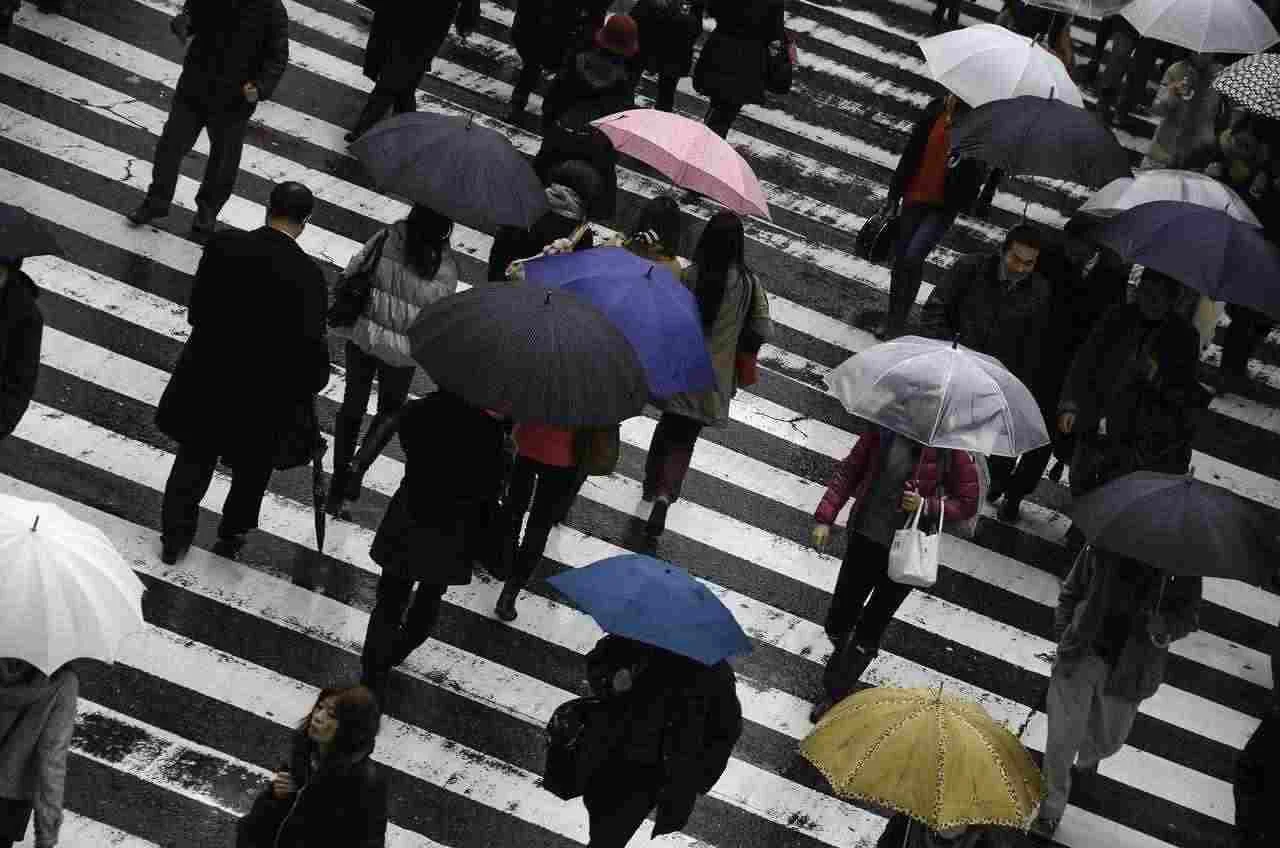How Weather-Related Accidents Are Handled in Alabama Personal Injury Law

Weather-related accidents are a common concern in Alabama, given the state’s variable climate and frequent severe weather events. Understanding how Alabama personal injury law addresses these types of accidents is essential for navigating claims and seeking compensation. Here’s a detailed look at how weather-related accidents are handled under Alabama’s personal injury laws.
Types of Weather-Related Accidents
- Automobile Accidents: Rain, fog, ice, and other weather conditions can significantly impact driving safety. Reduced visibility and slippery roads often lead to collisions, rear-ends, and rollovers.
- Slip and Fall Incidents: Icy sidewalks, wet floors, and other weather-related hazards can cause slip and fall injuries in both public and private properties.
- Property Damage: Severe weather, such as storms or flooding, can damage property and lead to accidents caused by falling debris or structural failures.
Legal Considerations in Weather-Related Accidents
Determining Liability
In weather-related accidents, determining liability involves assessing whether the weather conditions contributed to the accident and if any party’s negligence played a role. For instance:
- Automobile Accidents: If a driver’s failure to adjust their driving to match weather conditions (e.g., not slowing down in rain) contributed to the accident, they may be found at fault.
- Slip and Fall Accidents: Property owners have a duty to address known hazards. If an owner failed to adequately address conditions like icy sidewalks or a wet floor, they might be held liable.
Comparative Fault
Alabama follows a comparative fault system, meaning that if multiple parties share fault, each party’s level of responsibility will affect the outcome. For example, if a driver is partially responsible for an accident due to excessive speed but the weather was also a factor, their degree of fault will impact the compensation they receive.
Negligence Standards
To prove negligence in weather-related accidents, you must demonstrate that the responsible party failed to act with reasonable care under the weather conditions. This involves showing that their actions or inactions contributed to the accident.
Gathering Evidence
- Weather Reports: Obtain weather reports for the day of the accident to establish conditions at the time. This can provide context for how weather may have influenced the incident.
- Witness Statements: Collect statements from witnesses who observed the accident or the conditions leading up to it. Witnesses can provide valuable insight into how the weather impacted the situation.
- Photographic Evidence: Take photos of the accident scene, including weather conditions, property damage, and any hazardous conditions that contributed to the accident. Visual evidence can help illustrate the impact of weather on the incident.
- Expert Testimony: In certain cases, it may be necessary to bring in expert witnesses, such as meteorologists or accident reconstruction specialists. These professionals can provide critical insights into how specific weather conditions, like rain, fog, or ice, contributed to the accident. Their expert analysis can help clarify the circumstances surrounding the event and play a key role in determining who is at fault. By offering technical details that may not be immediately apparent, they help ensure a more accurate and thorough understanding of the factors that led to the crash.
Insurance and Compensation
- Insurance Claims: Weather-related accidents often involve insurance claims for damages and injuries. Review your policy to understand coverage limits and how weather-related claims are handled. Insurance companies will assess the role of weather in the accident and may investigate the extent of damage and liability.
- Compensation for Damages: Compensation for weather-related accidents may cover medical expenses, property damage, lost wages, and pain and suffering. The extent of compensation will depend on the degree of fault and the impact of the weather conditions on the accident.
- Dealing with Insurance Adjusters: Insurance adjusters may scrutinize the role of weather in the accident. Provide thorough documentation and evidence to support your claim and ensure that the weather conditions are accurately considered in the assessment.
Legal Challenges
- Proving Causation: One of the main challenges in weather-related accident cases is proving that weather conditions directly caused or contributed to the accident. Demonstrating a clear link between the weather and the accident is crucial.
- Comparative Fault Arguments: Opposing parties may argue that the weather was the primary cause of the accident, minimizing their responsibility. Be prepared to counter such arguments with evidence showing how the actions of the involved parties contributed to the accident.
- Addressing Contributory Negligence: If you are partially at fault due to your actions or decisions under the weather conditions, your compensation may be reduced accordingly. Understanding how comparative fault applies to your case is essential for navigating potential reductions in compensation.
Conclusion
Weather-related accidents in Alabama present unique challenges in personal injury claims. Understanding how liability is determined, gathering relevant evidence, and navigating insurance claims are crucial for pursuing compensation. By addressing these aspects thoroughly and working with an experienced personal injury attorney, you can effectively handle weather-related accidents and ensure that your rights are protected.